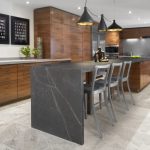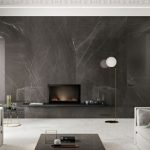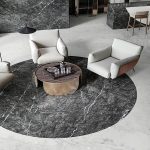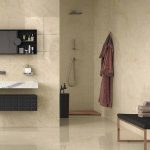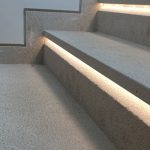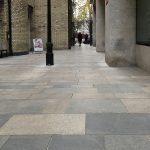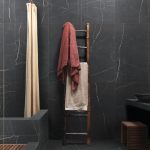Marble Veins: Types and Formation
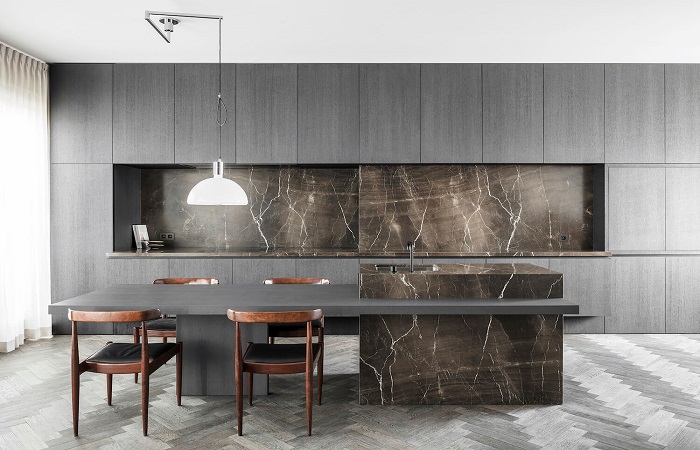
Marble Veins: Types and Formation
Types and formation of marble veins are part of marble identity. Marble is a remarkable stone with wide color variation and unique vein movement. Well known for its use in sculpture and architectural details, marble has a purity that is unlike any other natural stone. It has become one of the most common counter top materials for furniture and vanities.
Marble Veining
The unique veining that is characteristic of marble is a result of various mineral deposits formed into the rock. It’s easy to see why marble is popular with the combination of physical beauty and versatile applications. It is well-known that when an architect, designer, decorator or manufacturer chooses to use marble as a material, in addition to the quality specifications, he or she looks to enhance the final aesthetic result of the work. As such, many choose their material based on visual characteristics first, usually leaving the techniques for the second stage.
Veins and Visual Selection
The veins and the color in the background of the marble are the determining criteria for the visual selection of the material, as they give the marble a unique and strong identity. But what exactly are the veins, how are they created and in what categories do we group them? Read below the main basic characteristics of marble with veins.
What is Marble Veining?
The long lines or the line grid that cross the marble and make it unique are called veins. Veins are directly linked to the beauty and appearance of marble. These veins are one of the key features that architects, manufacturers and decorators look for in the implementation of their projects.
How Are Marble Veins Created?
Marble is the result of the transformation of limestone, sedimentary carbonate rock, from heat and pressure in the earth’s crust. It is a typical example of how natural processes can change the structure and appearance of a material. During these processes, various foreign elements such as metals, mud, clay and iron oxides, which are sometimes presented as grains and other as layers, are gradually trapped and manifest themselves in the stone, creating a color contrast with the basic color of the marble’s surface, thus forming the characteristic veins. This is the manner in which the veins are formed.
Natural Vein Formation Can Be Predicted?
Natural vein formation can be unpredictable and differ even in slabs derived from the same marble block. Even though veins vary in thickness and color, depending on their shape, they can be categorized into certain specific groups. The consideration of the different color, thickness and types, are the main reasons that this material is used in sculpture and in interior and exterior architectural constructions.
Veins Types
The science of geology has thus far not grouped the marble veins into families; in spite of this, we could classify them into a few broad groups sharing similar characteristics.
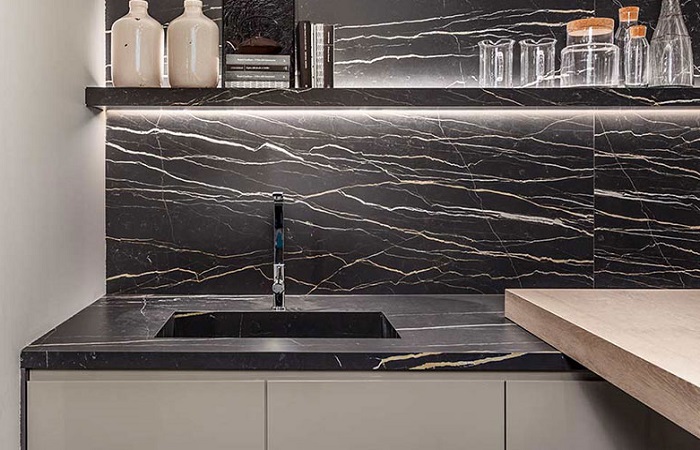
Linear Veins:
Continuous, unidirectional and forked lines. The color of the veins is different from the background color, creating beautiful contrasts.
Tree Veins:
Branches where each line may have a different direction but share a common beginning. The well-known Veria Green marble is a typical example of tree veins.
Breccia Veins:
They come from large fragments of a mass where they were later incorporated into a new geological formation. Ebru Arabesque, with its thick brown/gray lines surrounding pieces of white stone, is an indicative example.
Shell Stones:
Atypical formations that can be likened to a shell and come from fossils entrapped inside the marble. Pelagonia is an indicative example, as it encases fossilized shells.
Marble Veining
The veining and color combinations help define each marble type. The natural veining is unpredictable and will vary from one slab to the next. Within one shipment of marble slabs direct from the quarry, the patterning of the veins can range largely in size and quantity. Some types of marble have large swirling veins that give the stone high pattern movement and make the slab look like a piece of art. Other types of marble have small or hairline veins that allow the background color of the stone to become the defining factor. Although most marbles are recognizable based on the color and movement, no two slabs are alike. Unique veining is also what makes the stone valuable and desirable.
To learn more about us, click here.
Send your price quotes directly to our WhatsApp through this Link: https://wa.link/ord5k8
Sources
www.stonegroup.gr/en/marble-with-veins-and-their-basic-characteristics/
https://www.alliedstoneinc.com/marble-veining-and-color/
- Back To Articles
- Breccia Veins, different marble veinings, How Are Marble Veins Created?, Linear Veins, marble lines, marble strikes, marble veining, marble veining patterns, Marble Veins, Natural Vein Formation Can Be Predicted?, Shell Stones, strikes, Tree Veins, Types and Formation, veining patterns, veining types, Veins and Visual Selection, Veins Types, What is Marble Veining?
Article
Natural Stone Applications
- 22 December 2022
Iranian Stones Introduction According to Source and Quarry
- 21 December 2022
Technical Stone Introduction and Quarrying Procedures
- 21 December 2022
Categories
- blog757
- news1
- Specialized articles756

